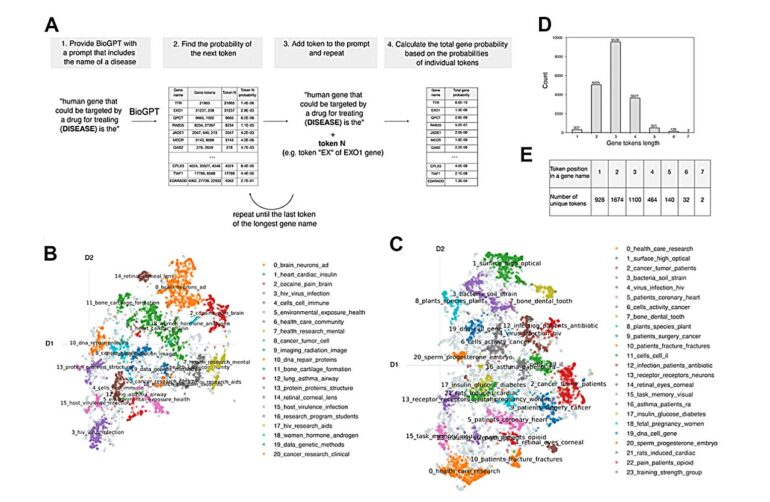TL;DR:
- Research paper unveils a novel approach to age-related disease target discovery.
- Current methods face challenges in efficiency, specificity, and scalability.
- Natural language processing (NLP) plays a pivotal role in predicting therapeutic targets.
- Insilico Medicine’s team employs a domain-specific BioGPT model on biomedical literature.
- Pre-training with task-specific texts enhances the large language model’s performance.
- Promising results reveal prospective aging and age-related disease targets.
- CCR5 and PTH emerge as potential dual-purpose anti-aging and disease targets.
- Transformer models hold immense potential for biomedical target prediction.
Main AI News:
In the ever-evolving landscape of biomedical research, the quest to unearth therapeutic targets for age-related diseases has entered a new era. A groundbreaking research paper titled “Biomedical generative pre-trained based transformer language model for age-related disease target discovery” has recently graced the pages of Aging, shedding light on innovative approaches to this pressing issue.
Target discovery is the lifeblood of pioneering therapies and cutting-edge diagnostics. Yet, traditional methods often grapple with limitations in efficiency, specificity, and scalability. The urgency to identify and validate disease-relevant targets has spurred a fresh wave of exploration. Herein lies the intersection of artificial intelligence and healthcare, where natural language processing (NLP) emerges as a game-changing ally in predicting potential therapeutic targets.
This profound study, led by a formidable team of researchers including Diana Zagirova, Stefan Pushkov, Geoffrey Ho Duen Leung, Bonnie Hei Man Liu, Anatoly Urban, Denis Sidorenko, Aleksandr Kalashnikov, Ekaterina Kozlova, Vladimir Naumov, Frank W. Pun, Ivan V. Ozerov, Alex Aliper, and Alex Zhavoronkov from Insilico Medicine, presents a paradigm-shifting approach to therapeutic target prediction. Their secret weapon? A large language model (LLM) trained on a rich tapestry of biomedical literature, encompassing grant texts and domain-specific data.
The researchers elaborate on their novel approach: “We trained a domain-specific BioGPT model on a large corpus of biomedical literature consisting of grant text and developed a pipeline for generating target prediction.” The implications of this innovation are monumental, as it enhances the LLM model’s performance through pre-training with task-specific texts. The results are nothing short of awe-inspiring. By applying their meticulously crafted pipeline, the researchers unearthed prospective aging and age-related disease targets that harmoniously align with existing database records. A testament to the power of AI-driven discovery, the team introduces CCR5 and PTH as potential dual-purpose anti-aging and disease targets. Astonishingly, these targets had remained hidden from previous investigations, yet they now bask in the spotlight of potential breakthroughs.
Conclusion:
This breakthrough in AI-powered age-related disease target discovery signifies a significant shift in the healthcare market. The integration of transformer models and natural language processing promises more efficient and precise identification of therapeutic targets. This advancement will likely lead to the development of innovative therapies and diagnostics, opening up new opportunities for businesses in the biomedical sector. Companies that can harness the power of AI-driven target discovery are poised for a competitive edge in the evolving healthcare landscape.

